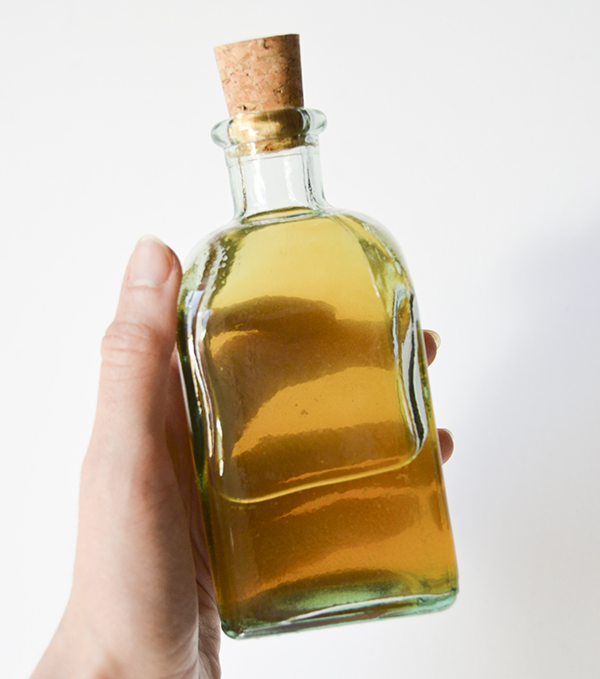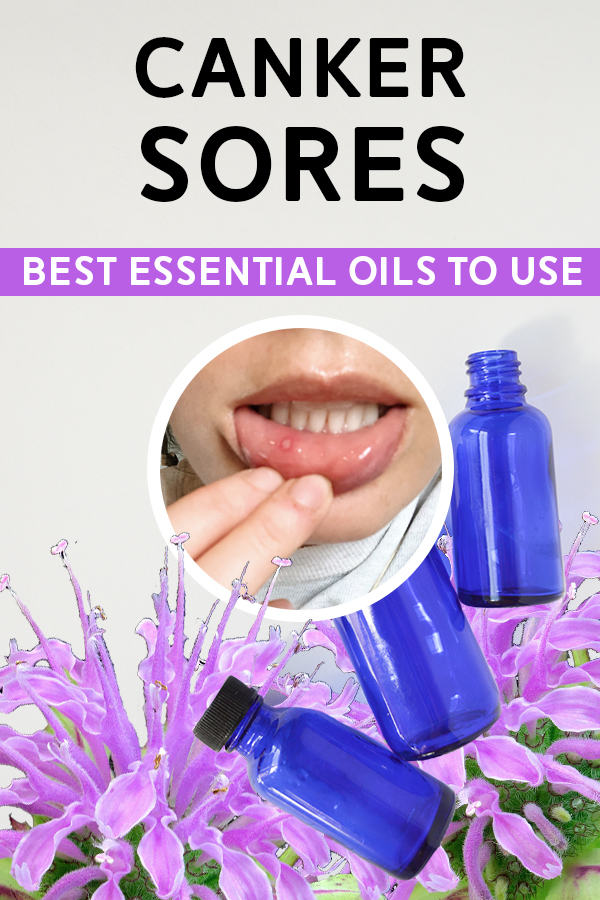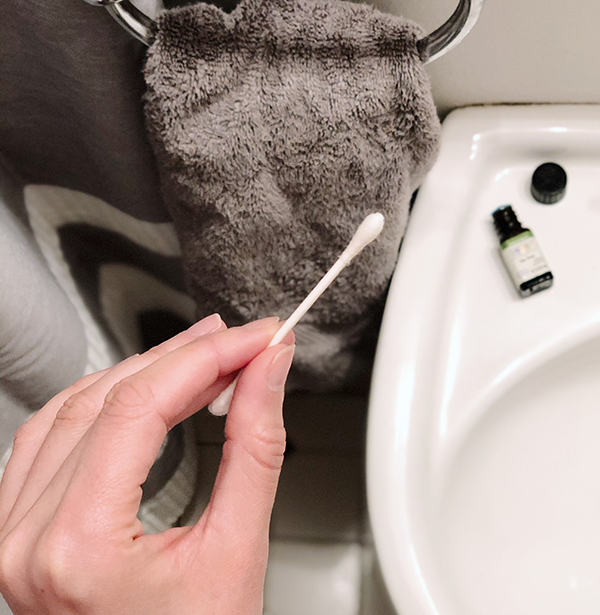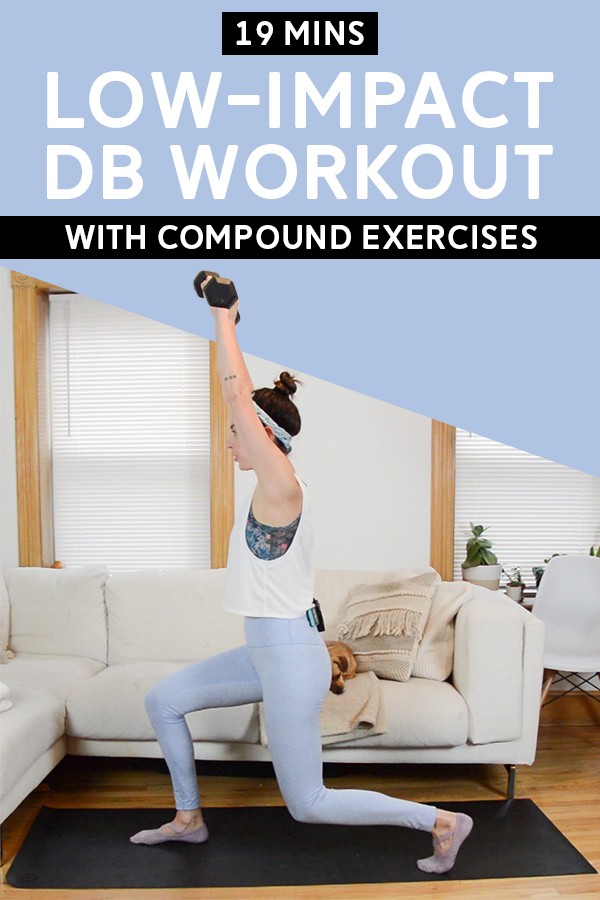
This DIY mouthwash for canker sores uses essential oils to help reduce pain (especially while eating) and reduce healing time. I’ll share the blend recipe that I use and then dive into all the ways you can customize it to make it work for you.
When I got a canker sore, I used this mouthwash several times a day in conjunction with spot treatment with Tea Tree oil and noticed a significant reduction in pain. I hope it’s just as beneficial for you! That being said, aromatherapy is always most effective when used as a supplemental therapy to lifestyle changes and other treatments. Check out THIS POST for background information on canker sores and other tips for treating them.
DIY Mouthwash for Canker Sores
This mouthwash for canker sores uses essential oils to help reduce pain and healing time. Use it several times a day, ideally after brushing and other oral care.
Links go to Plant Therapy (affiliate) an essential oil brand that I personally use and recommend. I’m not sponsored by them.
Safety Considerations
Don’t swallow this mouthwash for canker sores. That being said, if you do accidentally swallow it, don’t panic by any means. The dilution is low, and these are essential oils that are safe for both adults and children. Just don’t make a habit of swallowing it—these essential oils have strong antibacterial properties and ingesting them can mess up the balance of good bacteria in your gut.
Before using any essential oil for the first time, it’s recommended that you perform a skin patch test to ensure you don’t have any allergies or sensitivities to it.
Customize Your Mouthwash

Let’s break down the ingredients in the above mouthwash for canker sores, and talk about why they’re included and swaps you can make if desired.
Other Tea/Base Options
I’m using peppermint tea as the base because peppermint is great for oral care, with the added benefit of freshening breath. It also helps with taste in my opinion, and is easy to find in most grocery stores. You could use Rosemary or Sage herbal tea instead, as both are also indicated in treating ulcers of the mouth.
If you don’t want to use tea, you can keep things simple and use distilled water as the base of your mouthwash.
If you don’t use peppermint tea as the base, I’d suggest using Peppermint essential oil in your mouthwash instead of the Lavender (unless this is for a child).
Other Essential Oil Options
You can play around with the essential oils you add to your mouthwash, but keep the ratio the same: 5 drops total of essential oils to 1 cup tea/base liquid. Here are the best essential oils for canker sores. More info on them can be found in THIS POST.
*If making a mouthwash for children, don’t use Peppermint or Rosemary in the blend—both are fine choices for adult use. Peppermint tea is fine for children (essential oils are highly concentrated).
Lemon Juice and Honey Are Optional
Acidic foods and an acidic body may be a trigger for canker sores. And fresh lemon juice can be used for neutralizing a high-acid system. It also improves the taste of the mouthwash. So I definitely recommend including it, but it’s not essential.
Honey is also non-essential. But it does improve taste and help to evenly disperse the essential oil throughout the base liquid (you still need to shake before use).
Spot Treatment
A spot treatment of Tea Tree oil can be used in conjunction with the mouthwash for canker sores if desired. 99.9% of the time, you do *not* apply essential oils directly to the skin or a mucus membrane without diluting first. This is one of the rare cases where I’d give you a green light.
You can apply a drop or two of Tea Tree oil to a cotton swab (I use a Q-tip) and then *lightly* dab it directly onto the canker sore. It’s going to sting, but it’s mostly the physical contact with the swab that causes the pain, not so much the Tea Tree. If it’s really painful to apply, saturate the Q-tip even more so that you barely have to touch the canker sore to get a small drop onto it. Let the oil sit for 30-60 seconds without swallowing, and then spit out any excess.
This will provide temporary pain relief. I would do this 5 minutes before a meal and it reduced the pain of eating significantly. Don’t overdo the spot treatment, especially if using in addition to the mouthwash. Even though you’re not swallowing the oil, some will naturally absorb.
Safety considerations:
If you have’t used Tea Tree oil before, a skin patch test should be done on your arm prior to applying it to your canker sore. This will ensure you don’t have any sensitivities or allergies to it.
If treating a canker sore on a small child, I would skip the spot treatment and just focus on the mouthwash. Tea Tree is kid-safe, but erring on the side of caution, I don’t typically recommend applying any essential oil neat on a small child.
xo Nicole
The statements and blends referenced in this post have not been evaluated by the Food and Drug Administration. Products and/or information are not intended to diagnose, treat, cure or prevent any disease. If you are pregnant, nursing, have a medical condition or are taking any medication, consult with your physician before using any essential oil or blend.
I’m a Certified Holistic Aromatherapist through the Institute of Integrative Aromatherapy. Any facts stated in this post that aren’t accompanied by a direct reference came from my course materials and studies. I only share blends with you that I’ve personally used and from which I’ve benefited. I stand behind them 100%! That being said, essential oil blends are most effective when made with the individual in mind. What works well for one person, may not have the same outcome for another.











